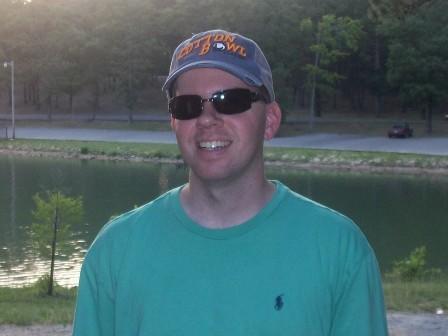Andy Sullivan: Against the Grain
At the start of the ‘90’s, tv news goes tabloid. Sex scandals, gruesome murders, reporters going rogue was all the rage. The public sees a chance to cash in. For decades, the nightly news in America was a serious affair. In the ‘90’s, not so much.
A decade earlier, Rupert Murdoch inherited Australia’s Adelaide News from his father. Murdoch would soon begin taking over in America. He bought the New York Post for $30 million. He transforms it into his type of newspaper (tabloid journalism). That wasn’t enough. Murdoch wanted tv. He looked at the news scene as boring. The captain of Rupert Murdoch’s pirate invasion was Peter Brennan, a brash producer born in Australia. Brennan will become known as the godfather of tabloid tv.
Murdoc immediately hires Peter Brennan to produce. They produce a news anchor named Maury Povich. Maury was the anchorman at WTTG in Washington and married to Connie Chung, who would eventually go on to anchor the CBS nightly news. Povich says “I wasn’t your traditional anchor/reporter. I was never satisfied with minute and a half stories. I didn’t have a great reputation of being a cookie=cutter anchorman”. That makes Maury a key ingredient in a show Murdoch and Peter Brennan were cooking up called A Current Affair. The show would debut in New York City in the summer of 1986.
A Current Affair was a huge hit. Povich says “it became, if you want to call it, lightning in a jar. A perfect storm. We were off on a ride I’ll never forget”. The show told stories that network news dismisses as tabloid rubbish. “Peter had a great vision that all these stories regular newscasters were putting in the trash can were stories our viewers would want to see. The classic Shakespearean themes of conflict. Lust and drama”.
While A Current Affair was recorded in a New York City television studio, the stories that make it on the air are decided in a bar across the street called The Racing Club. A Current Affair quickly gains a reputation for being able to break news stories, especially when most are rife with sex and violence. A Current Affair took lessons from Australia and taught them to America. A Current Affair did re-enactments. You wouldn’t see network news doing that. For three years, A Current Affair is the only tabloid news alternative on tv. It was Murdoch’s first. That’s why it was so important.
Riding the wave of Current Affair, Inside Edition and Hard Copy would debut. Steve Dunleavey, a former print reporter for Murdoch’s New York Post, knew how to deliver the sensationalism viewers crave. He was instrumental in making A Current Affair the most watched news program on tv. Ratings were going through the roof. As competition over tabloid tv ramps up, A Current Affair would lose some of its brightest stars. Maury leaves to pursue a career in daytime talk. Then, the godfather of tabloid tv Peter Brennan, along with Bert Kerns, go to work for rival Hard Copy. Steve Dunleavy remains at A Current Affair just as a huge scandal ignites in April 1991.
“I’m sitting in my office at Hard Copy and get a call from a news source”, says Kerns. What would unfold is a high-profile Kenedy rape story. Once information got out that Hard Copy paid for an interview, they became a true tabloid show. Maury says “We (including 60 Minutes and “serious” news shows) were all paying. But because we were tabloid, we were the poster child”. Witnesses in high-profile cases were now getting their credibility attacked for getting to first tell their story on t.v.
The biggest story on tabloid tv in the era was Joey and Mary Jo Buttafuoco. The whole story seemed too unbelievable and outlandish, which made it perfect for tabloids. They were riding a wave with that story until O.J. Simpson and the crime of the century. “When the O.J. story happened, I remember saying to Joey “we’re free. They’re done with us”, says Mary Jo. She was right.
The nation was gripped by the O.J. trial. The tabloid shows were now out-scooping regular news. After a decade of looking down their noses on tabloid news, network news was now of the “if you can’t beat ‘em, join ‘em” persuasion. And it’s only gotten worse in the last 30 years. By the end of the ‘90’s, tabloid shows were essentially dead.
In 2019, Steve Dunleavy, the man who best epitomized tabloid journalism in the ‘90’s, dies at age 81. The legacy of what he helped create lives on, for better or worse. (Vice Network’s Dark Side of the ‘90’s).
Below are links to my podcast, Blendertainment. Thanks for reading!
https://open.spotify.com/show/61yTPt9wXdz37DZTbPUs16?si=lw4gR-7xQ22E-zhyGDyHyg
https://podcasts.apple.com/us/podcast/blendertainment/id1541097172






























